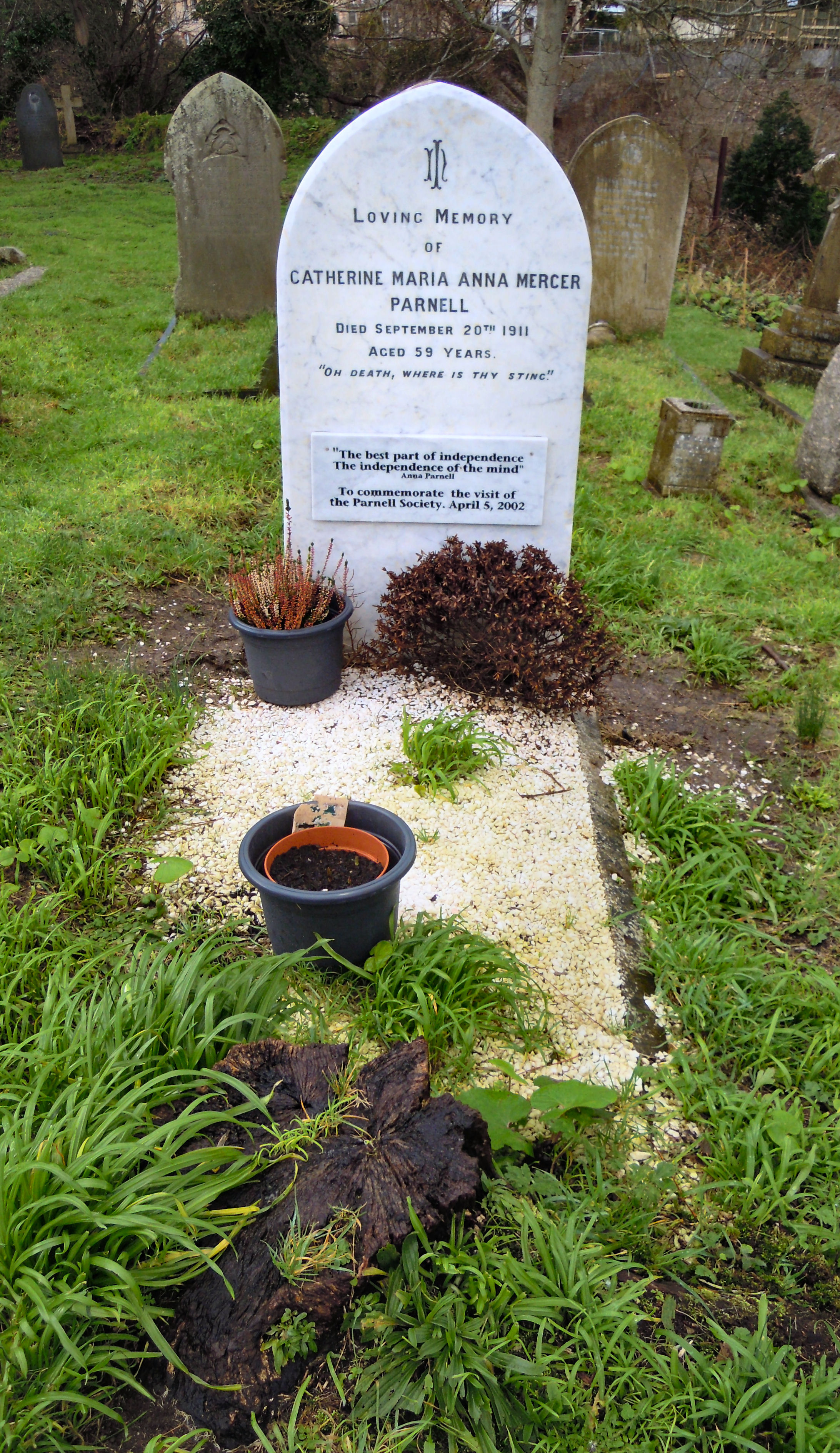|
Ballydehob
Ballydehob () is a coastal village in the southwest of County Cork, Ireland. It is located on the R592 regional road, at a junction with the N71 national secondary road. History During the Bronze Age (2200-600 B.C.), copper was mined on Mount Gabriel, just west of the village. About the same time, stone circles, wedge and boulder tombs were constructed in the area. The Celts arrived at some later time and in the early historic period, various clans fought for dominance, until the eventual emergence of the McCarthys and O'Mahonys as the rulers of the region. A string of castles was built along the coastline. Kilcoe Castle was the McCarthy's most westerly stronghold and their only coastal foothold. It has since been renovated and rebuilt by its actor owner Jeremy Irons. In 1602, soldiers led by Sir George Carew, Lord President of Munster, descended on the area in a successful bid to break the power of the Irish clan chieftains. Their passage through West Cork was described in ... [...More Info...] [...Related Items...] OR: [Wikipedia] [Google] [Baidu] |
Anna Catherine Parnell
Anna Catherine Parnell (13 May 1852 – 20 September 1911) was an Irish nationalist and younger sister of Irish Nationalist leader, Charles Stewart Parnell. Early life Anna was born Catherine Maria Anna Mercer Parnell at Avondale House in Rathdrum, County Wicklow, Ireland on 13 May 1852. The tenth of eleven children of John Henry Parnell, a landlord and Delia Tudor Stewart Parnell, an Irish-American and the daughter of Admiral Charles Stewart (1778–1869) of the US Navy. She had very little formal education as a child but the family had an extensive library which she was encouraged to read by her mother. After her father died in 1859 Anna moved with the family to Dublin. Delia Parnell was an active socialite while in Dublin and exposed her children to a wide variety of political views. Anna wrote poetry and painted. In 1865 the family moved to Paris but Anna felt stifled by upper class society rules imposed upon her. She was in Paris when the Franco-Prussian War broke out ... [...More Info...] [...Related Items...] OR: [Wikipedia] [Google] [Baidu] |
Jeremy Irons
Jeremy John Irons (; born 19 September 1948) is an English actor and activist. After receiving classical training at the Bristol Old Vic Theatre School, Irons began his acting career on stage in 1969 and has appeared in many West End theatre productions, including the Shakespeare plays ''The Winter's Tale'', ''Macbeth'', ''Much Ado About Nothing'', ''The Taming of the Shrew'', and ''Richard II''. In 1984, he made his Broadway debut in Tom Stoppard's '' The Real Thing'', receiving the Tony Award for Best Actor in a Play. Irons's break-out role came in the ITV series '' Brideshead Revisited'' (1981) which is frequently ranked among the greatest British television dramas as well as greatest literary adaptations. It would earn him a Golden Globe Award nomination. His first major film role came in the romantic drama '' The French Lieutenant's Woman'' (1981), for which he received a BAFTA nomination for Best Actor. After starring in dramas, such as ''Moonlighting'' (1982), '' Be ... [...More Info...] [...Related Items...] OR: [Wikipedia] [Google] [Baidu] |
National Secondary Road
A national secondary road ( ga, Bóthar Náisiúnta den Dara Grád) is a category of road in Ireland. These roads form an important part of the national route network but are secondary to the main arterial routes which are classified as national primary roads. National secondary roads are designated with route numbers higher than those used for primary roads, but with the same "N" prefix. Routes N51 and higher are all national secondary roads. National secondary roads have a default speed limit of 100 km/h (62.5 mph) as, along with national primary routes, they fall into the speed limit category of ''national roads''. There are 2657 km of national secondary roads in Ireland, making up slightly over 50% of the entire national route (national primary and national secondary) network. TII: ... [...More Info...] [...Related Items...] OR: [Wikipedia] [Google] [Baidu] |
N71 Road (Ireland)
The N71 road is a national secondary road traversing counties Cork and Kerry in Ireland. Towns and villages along the route, westward from Cork city, include Innishannon, Bandon, Clonakilty, Skibbereen, Bantry and Glengarriff in County Cork. Continuing westwards from Glengarriff into County Kerry, the route passes Kenmare and terminates at Killarney. Road standard The road is mostly single carriageway, with wider sections towards the Cork end of the route. There are wide sections with climbing/passing lanes, including a rare configuration with a passing lane on both sides, and a dual carriageway section approaching Cork. As of the early 21st century, there were plans to construct a dual carriageway along the section of roadway between the existing 1970s dual carriageway and the N40 South Ring Road in Cork. Improvements In the mid 1990s, a new section of road was constructed between Ballinhassig and Halfway, by-passing the village of Halfway. The older replaced section of th ... [...More Info...] [...Related Items...] OR: [Wikipedia] [Google] [Baidu] |
Regional Road (Ireland)
A regional road ( ga, bóthar réigiúnach) in the Republic of Ireland is a class of road not forming a major route (such as a national primary road or national secondary road), but nevertheless forming a link in the Roads in Ireland, national route network. There are over 11,600 kilometres (7,200 miles) of regional roads. Regional roads are numbered with three-digit route numbers, prefixed by "R" (e.g. R105). The equivalent road category in Northern Ireland are Roads in Northern Ireland#"B" roads, B roads. History Until 1977, classified roads in the Republic of Ireland were designated with one of two prefixes: Trunk Roads in Ireland, "T" for Trunk Roads and "L" for Link Roads. ThLocal Government (Roads and Motorways) Act authorised the designation of roads as National roads: in 1977, twenty-five National Primary roads (N1-N25) and thirty-three National Secondary roads (N51-N83) were initially designated unde Many of the remaining classified roads became Regional roads (formally ... [...More Info...] [...Related Items...] OR: [Wikipedia] [Google] [Baidu] |
Carbery West Carbery West ( ga, Cairbrigh Thiar) is a barony in County Cork in Ireland. It has been split since the nineteenth century into East and West Divisions (''an Roinn Thoir/Thiar''). |



